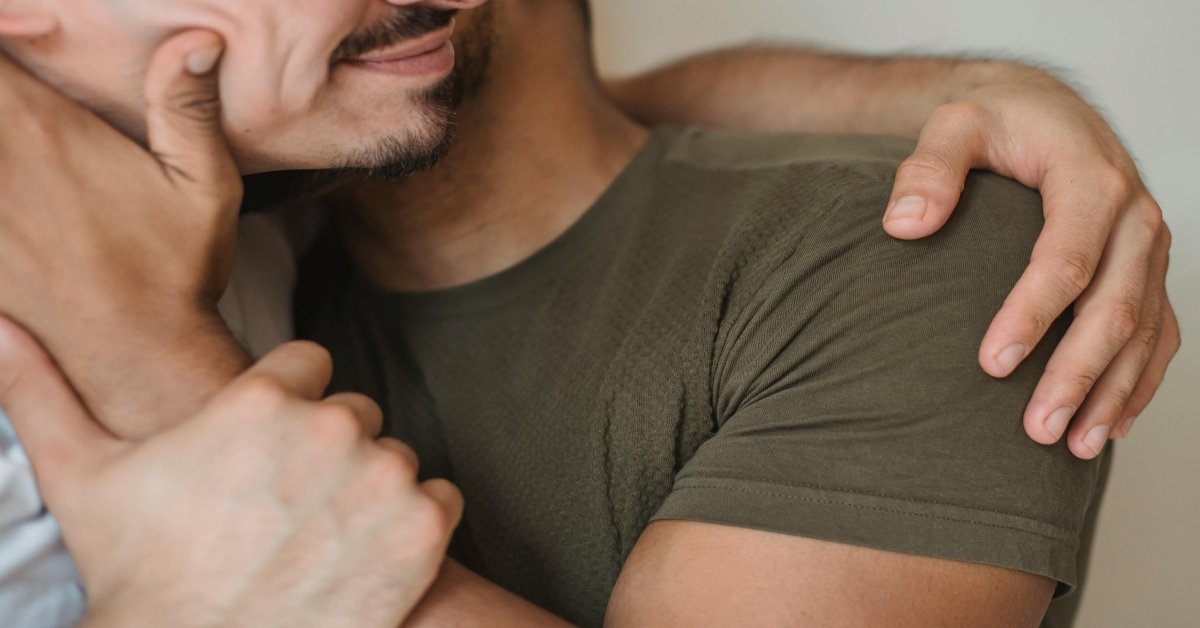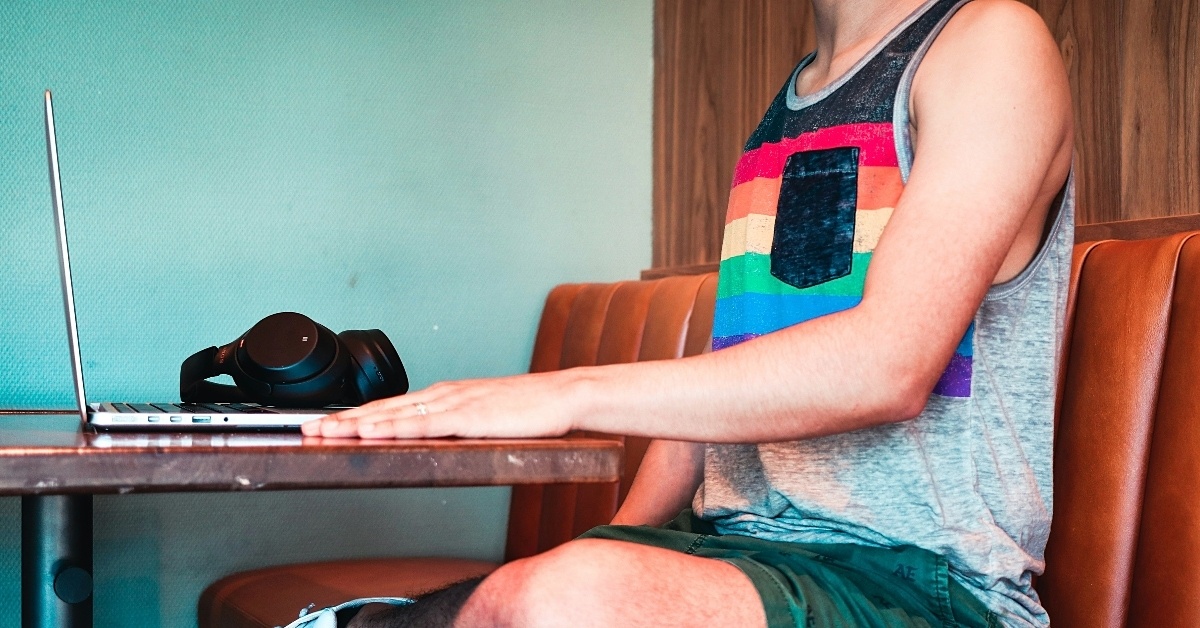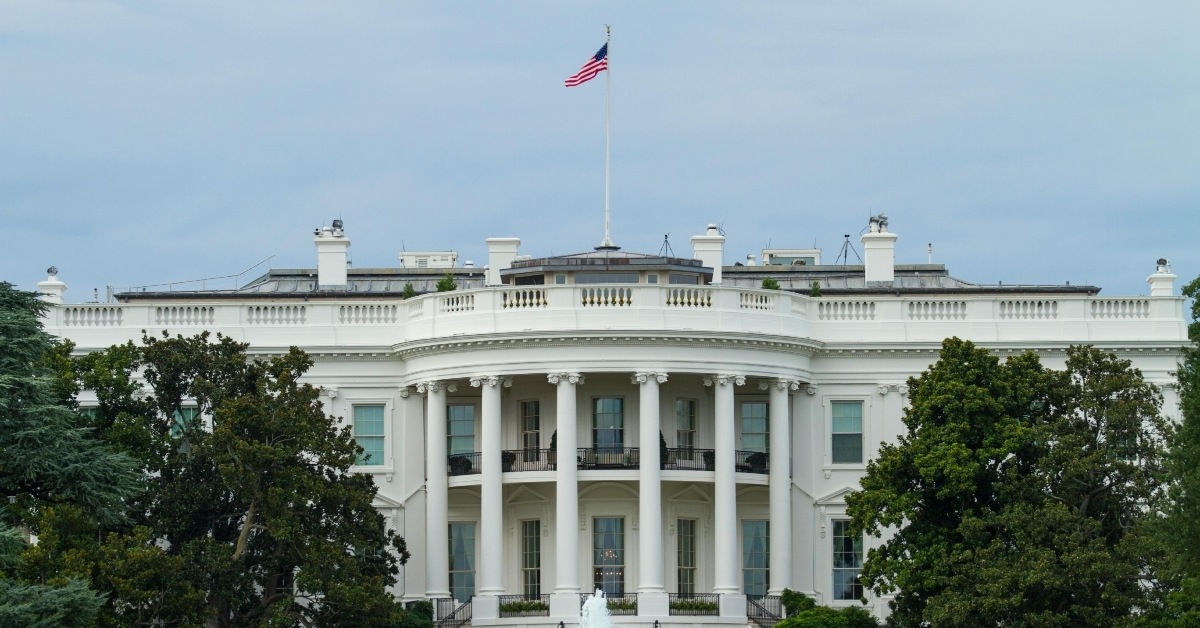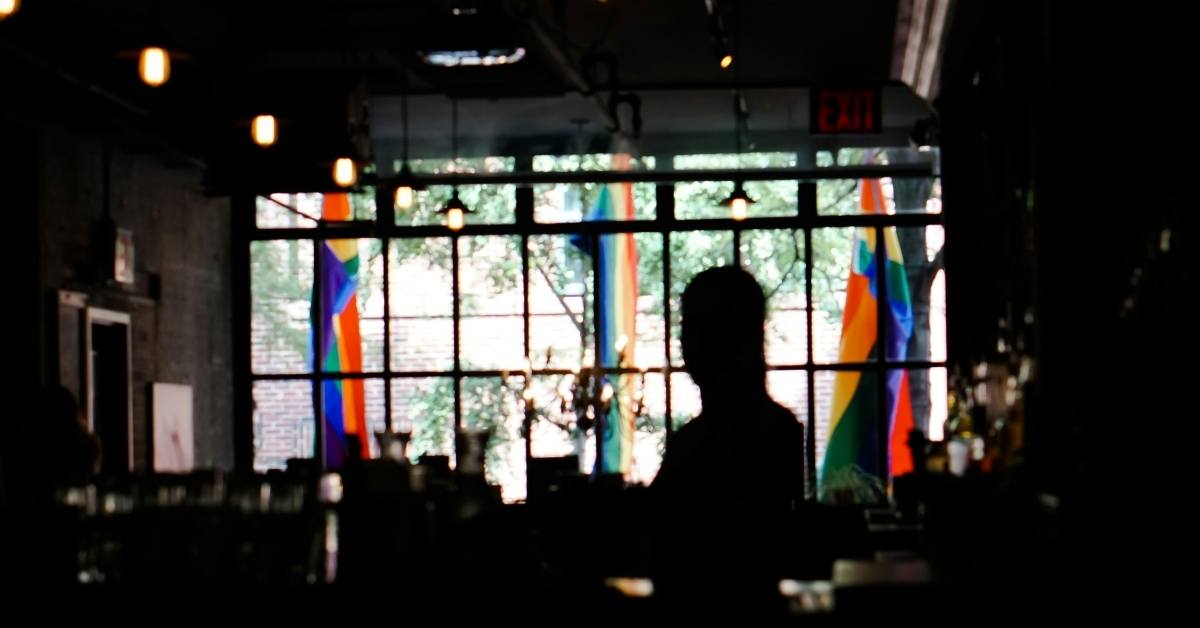BY: DM
Published 9 hours ago
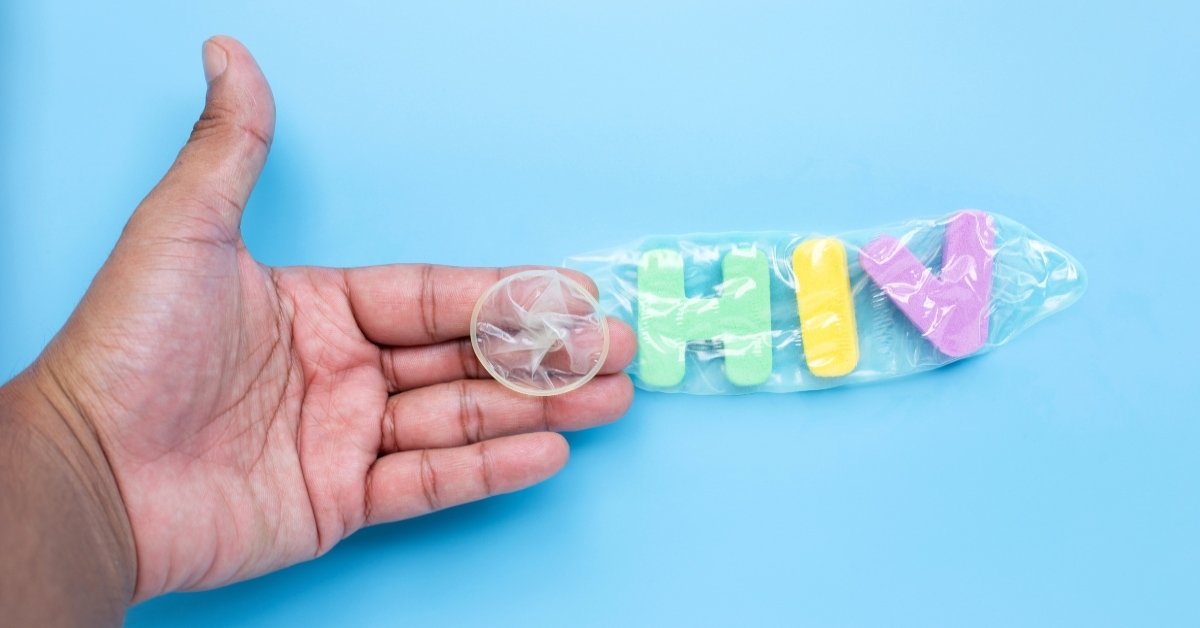
Every year on the third Sunday of August, Southern HIV/AIDS Awareness Day (SHAAD) raises awareness about the ongoing HIV/AIDS epidemic in the South. This day of observance reminds us that, despite significant progress in HIV prevention and treatment, the southern region of the United States still bears a heavy burden. Communities in the South are hit hardest, with rates of new diagnoses and HIV-related deaths remaining unacceptably high.
SHAAD highlights the ongoing health disparities in the region.
Launched in 2019 by the Southern AIDS Coalition (SAC), Southern HIV/AIDS Awareness Day was created to rally attention and action around the South’s disproportionate share of the HIV/AIDS epidemic, according to the National Association of County and City Health Officials (NACCHO). SAC – the South’s leading HIV advocacy network – launched SHAAD as a direct response to troubling trends. Despite medical advances in HIV treatment and prevention, the South continues to lead the nation in new HIV cases and HIV-related deaths.
“Despite decades of research, advocacy, and action, the South still leads the nation in HIV incidence, prevalence, and AIDS-related deaths. This is especially true for youth, black and Latinx, MSM and trans women. And, unfortunately, black women living throughout the rural South are leading in AIDS-related deaths according to the Southern HIV/AIDS Strategy Initiative,” said Aquarius Gilmer, senior manager at SAC.
The inaugural SHAAD united people from across the country to raise awareness and advocate for the resources needed to combat the epidemic. Members of Congress and local leaders, including Alabama’s U.S. senators and other officials, attended the first event. They joined health organizations and over 60 community partners in the effort.
Allies can show support by raising awareness and promoting change.
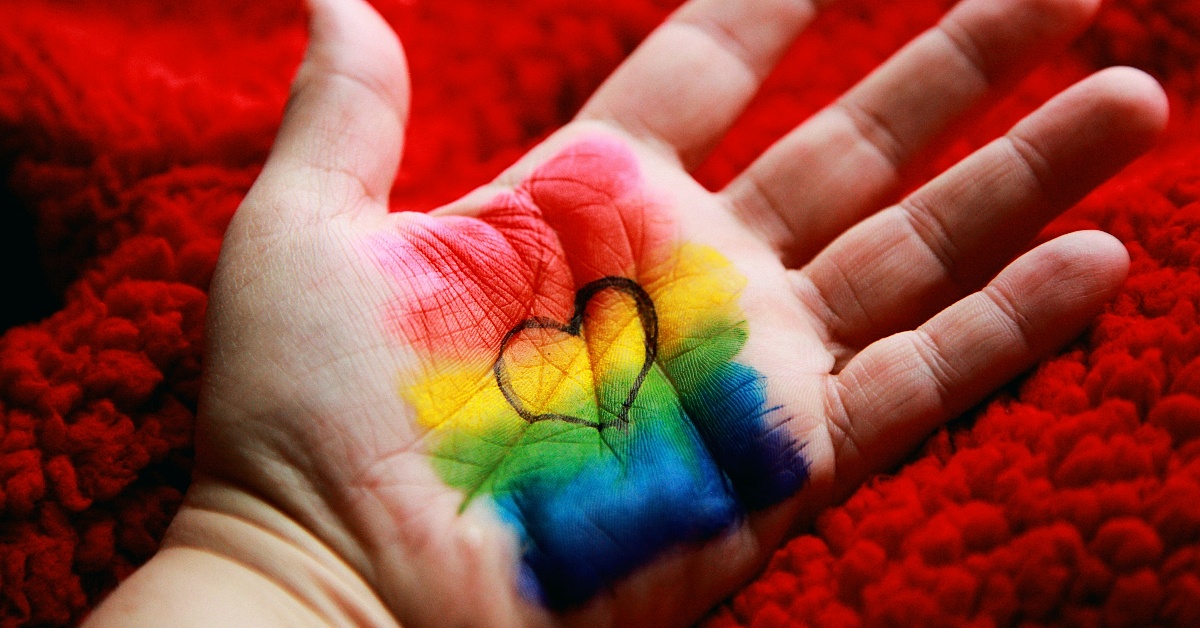
Advocates say that shedding light on the Southern HIV epidemic has sparked real change. Before SHAAD, the South’s HIV issues often received less national attention, overshadowed by larger national health crises. But now, the narrative is changing as more attention is focused on the South’s HIV epidemic.
First, educate yourself and others about the reality of HIV in the South. Share key facts, such as the South accounting for over half of new HIV cases, with Black and Latinx communities being the hardest hit. Spreading awareness helps dispel myths and fight stigma. Use hashtags like #SHAAD and #StopHIVTogether on social media to amplify the conversation.
Another way to show support is by participating in SHAAD events, either in person or online. Look for local organizations hosting events around Aug. 20, such as free HIV testing, community forums or vigils, health fairs, or webinars and panel discussions. Finally, consider volunteering or donating to organizations making a difference in local communities.
While the Southern AIDS Coalition, which founded SHAAD, plays a key role, each Southern state has local HIV service providers, advocacy networks, and community clinics that need support. Your time or donation can help strengthen initiatives like outreach in rural areas, HIV education in schools, and mobile testing units.
What steps do you think are most important in addressing the health disparities related to HIV/AIDS in the South?
